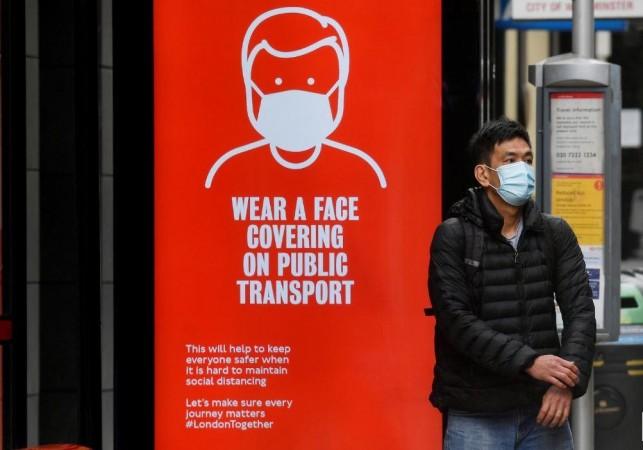The World Health Organisation recently updated its guidelines on using face masks amid the coronavirus pandemic. The WHO asked nations around the world to encourage their citizens to use face masks in areas where community-level transmission is widespread.

"In areas with the widespread transmission, WHO advises medical masks for all people working in clinical areas of a health facility, not only workers dealing with patients with COVID 19," WHO Director-General Tedros Adhanom Ghebreyesus said.
Health workers, caregivers wear medical masks
For those caring for an infected person or attending patients at health centres, WHO asked all caregivers to wear medical face masks. It recommends health workers to wear medical masks plus protective equipment throughout their shift at hospitals and health centres when attending COVID 19 patients.
Click here for coronavirus related stories
The updated guidelines mark the shift from WHO's previous advise which was to not wear face masks if you are not sick or not attending someone who is sick.
"Second, in areas with community transmission, we advise that people aged 60 years or over, or those with underlying conditions, should wear a medical maks in situations where physical distancing is not possible, Tedros said at the press conference in Geneva.
Urging nations to encourage the general public to wear face masks in high transmission zones, Tedros said, "WHO advises that governments should encourage the general public to wear masks where there are widespread transmission and physical distancing is difficult, such as on public transport, in shops or in other confined or crowded environments."
Three-layer facemask
Tedros said that the updated guidance on usage of face masks contains important information about the composition of fabric masks based on academic research requested by WHO.
According to the new guidance, the face masks- which could be homemade- should have at least three layers. First, the inner layer can be of an absorbent material such as cotton; second, the middle layer, that also acts as a barrier, can be of non-woven material polypropylene; finally, the outer layer should be of a non-absorbent material, such as polyester, WHO's technical lead for coronavirus response, Maria Van Kerkhove, told CNN.
She said materials like silk, stretchy or porous fabric should be avoided when making face masks for protection from COVID 19.
Facemask alone not enough against COVID-19
Van Kerkhove, however, emphasised that face masks alone are not enough in the fight against this virus, and advised people to follow social distancing.

"We feel very strongly that masks alone are not enough and we're worried that people thinking that if they put on a mask, a homemade mask or a fabric mask, that they're fully protected against the virus and they're not," Kerkhove said. "So we want to ensure that their leaders are telling them to adhere to, and that bottom line is that anyone I'll, anyone who is feeling unwell, should already be home."
The novel coronavirus has infected at least 6.8 million people and killed more than 362,000 people worldwide. The virus first emerged in Wuhan, China last December.













!['He is done with the team now' : Angry Virat Kohli slams the bat, kicks the ground, yells at RCB team as SRH smashes runs [reactions]](https://data1.ibtimes.co.in/en/full/796956/he-done-team-now-angry-virat-kohli-slams-bat-kicks-ground-yells-rcb-team-srh-smashes.jpg?w=220&h=138)



